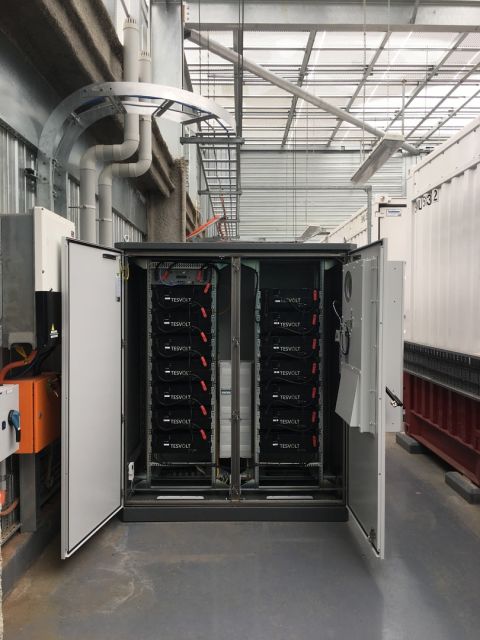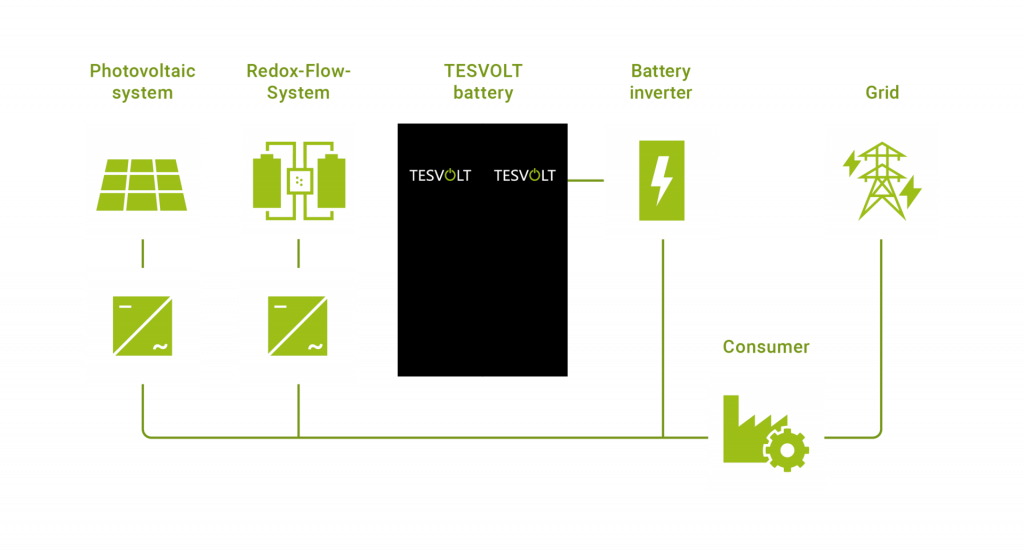Monash University is known not just for its highly qualified alumni and outstanding research, but also for its ambitious involvement in social causes. With its 135-million- dollar Net Zero initiative, the university is hoping to make its own electricity consumption more sustainable. The aim is to have a completely independent power supply using solely renewable energies by 2030.
This is no small feat, seeing as the university welcomes over 40,000 visitors every day. Thousands of rooms must be air-conditioned and lit, and 120 computer centres and numerous electric vehicle charging stations must all be supplied with electricity, not to mention large-scale scientific equipment such as MRI scanners.
The first steps the university took as part of the Net Zero initiative were to maximize the energy efficiency of its lighting systems and buildings, as well as to set up photovoltaic installations with a total output of 2 MWp. But to really become efficient and self-sufficient, the system was missing a crucial element: a storage solution. For this stage, too, the university sought out its own innovative path, raising funds fora first-of-a-kind Vanadium redox flow and lithium-ion hybrid energy storage solution, which will sit at the heart of the campus micro-grid.
Requirements for a storage solution:
- High-performance storage system with the ability to meet the complex energy demands of a large campus.
- Easy installation and seamless interaction with the already installed setup
- Sustainable and durable investment


 German
German Italian
Italian Dutch
Dutch


 by
by